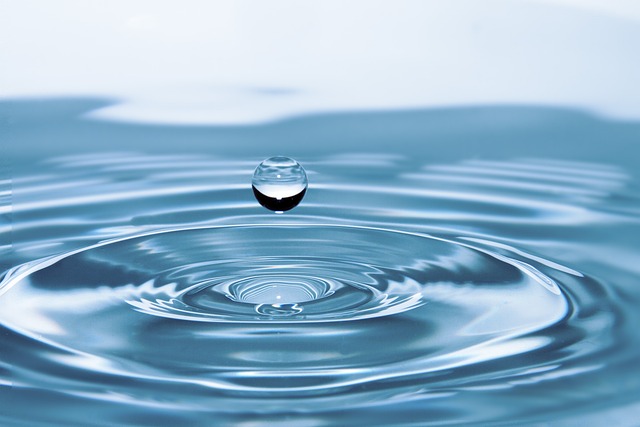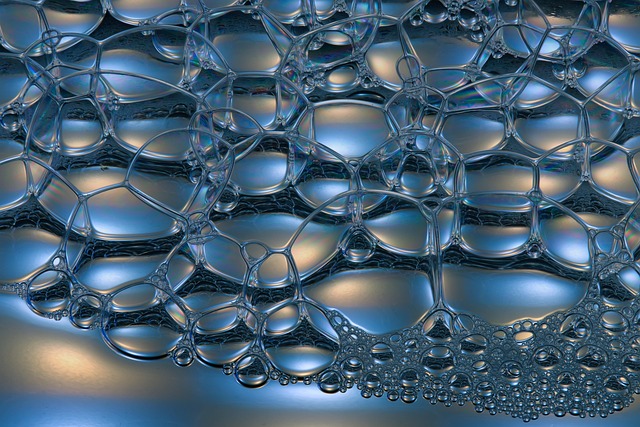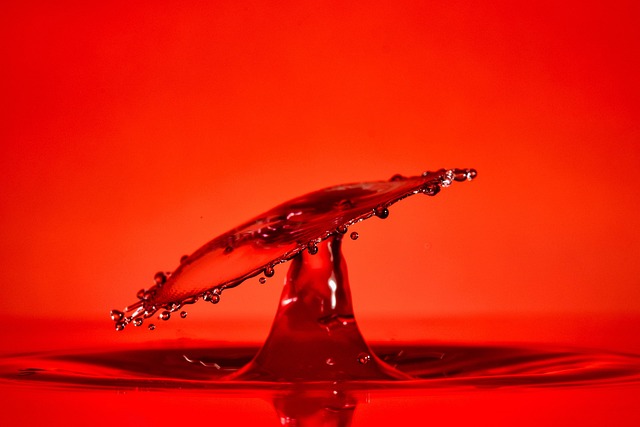Mastering Surface Prep: The Key to a Flawless Wrap Finish
When it comes to achieving a stunning wrap finish, surface prep for wrapping is absolutely critical. Whether you’re wrapping a vehicle, a piece of furniture, or any other surface, taking the time to properly prepare your surfaces will ensure a long-lasting adhesion and a smooth, flawless appearance. In this blog post, we will explore the essential steps for preparing surfaces before applying wraps, guiding you to achieve impressive results.
Why Is Surface Preparation Important?
The quality of your wrap finish heavily depends on the preparation of the surface. Proper surface prep helps in:
- Ensuring Adhesion: A clean, smooth surface allows the adhesive to bond effectively, preventing peeling and lifting.
- Enhancing Appearance: A well-prepped surface minimizes imperfections, resulting in a flawless look.
- Extending Longevity: Good surface prep can significantly increase the lifespan of your wrap by reducing the likelihood of damage or deterioration.
Essential Steps for Surface Prep
1. Cleaning the Surface
The first step in surface prep for wrapping is to thoroughly clean the area. Use a multi-surface cleaner or a mixture of soap and water to remove dirt, grease, and grime. Follow these steps:
- Use a soft cloth or sponge to apply the cleaner.
- Rinse with clean water to remove any soap residue.
- Dry the surface completely with a lint-free cloth.
2. Inspecting the Surface
After cleaning, inspect the surface for any imperfections. Look for:
- Dents or Scratches: These can affect the smoothness of the wrap.
- Rust or Corrosion: Metal surfaces should be treated to prevent future issues.
- Old Adhesive Residue: Remove any leftover glue from previous wraps or stickers.
3. Repairing Imperfections
If you find any imperfections during your inspection, it’s essential to repair them before wrapping. You can:
- Fill Dents or Scratches: Use body filler for larger imperfections and sand it down until smooth.
- Sand the Surface: Lightly sand the area to create a uniform texture, which helps the wrap adhere better.
- Apply Primer: If you are working with bare metal or have repaired areas, apply a primer to seal the surface.
4. Final Cleaning
After repairs, perform a final cleaning to remove any dust or debris from sanding. This step is crucial to ensure that the wrap adheres properly:
- Wipe down the surface with a clean, lint-free cloth.
- Use isopropyl alcohol for a final degreasing rinse, which will remove any oils from your hands or previous cleaners.
Additional Tips for Effective Surface Prep
- Temperature Matters: Ensure that the ambient temperature is suitable for wrapping. Most vinyl wraps adhere best at temperatures between 60°F and 80°F (15°C to 27°C).
- Use the Right Tools: Invest in high-quality tools such as squeegees, heat guns, and utility knives to assist in the wrapping process.
- Work in a Controlled Environment: If possible, work indoors or in a shaded area to avoid dust and debris from affecting your wrap.
Conclusion
Mastering surface prep for wrapping is an essential skill that can significantly impact the quality of your wrap finish. By following these essential steps and tips, you can ensure that your wraps adhere properly, look stunning, and last longer. Remember, a little time spent on preparation can save you headaches down the road, leading to a flawless and professional-looking finish every time.




